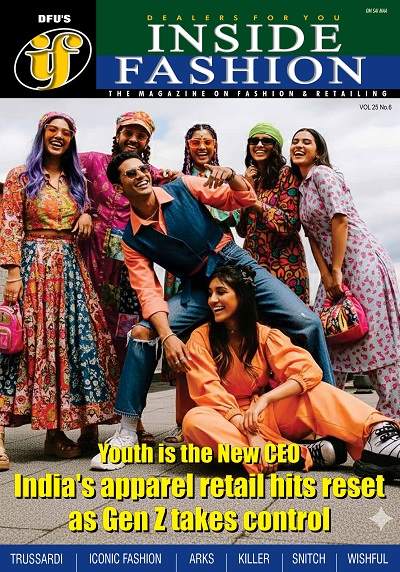27 November 2025, Mumbai
India's online fashion and apparel market is currently undergoing a rapid geographical and behavioral transformation, fueled less by mere internet access and more by the explosion of social commerce. The market, which is already forecast to expand by $36.01 billion at a CAGR of 22.2% between 2024 and 2029, is now being powered primarily by consumers in Tier 2 and Tier 3 cities. These non-metro hubs now account for over 60% of all e-commerce transactions and exhibit purchasing power comparable to metro cities, with average selling prices nearing parity across many categories.
The creator-led growth engine
The pivot from price-driven shopping to content- and community-led commerce. E-commerce platforms are leveraging vast networks of shopper-creators, particularly from Gen Z and Millennials, who are driving fashion discovery and impulse purchases. For instance, a leading fashion e-tailer, M-Now from Myntra reported that its social commerce strategy now contributes 10% of platform revenue, with conversion rates from creator-led content being 28% higher than the platform average. This trend demonstrates that fashion is no longer discovered through traditional advertising but through peer influence and user-generated content (UGC).
Indian apparel retailer Trent’s Zudio brand offers a relevant case study, leveraging affordability and a rapid, weekly inventory refresh cycle (fast-fashion model) tailored for India’s price-sensitive audience. The brand is aggressively expanding in Tier 2/3 markets with most products priced below ₹999, utilizing a high-volume, low-margin model to capture the aspirational, yet budget-conscious, consumer segment in these burgeoning markets.
This shift demands that brands move away from highly seasonal campaigns toward continuous, trend-driven drops and localized logistics optimization to maintain year-round engagement with this digitally fluent, aspirational consumer base.










